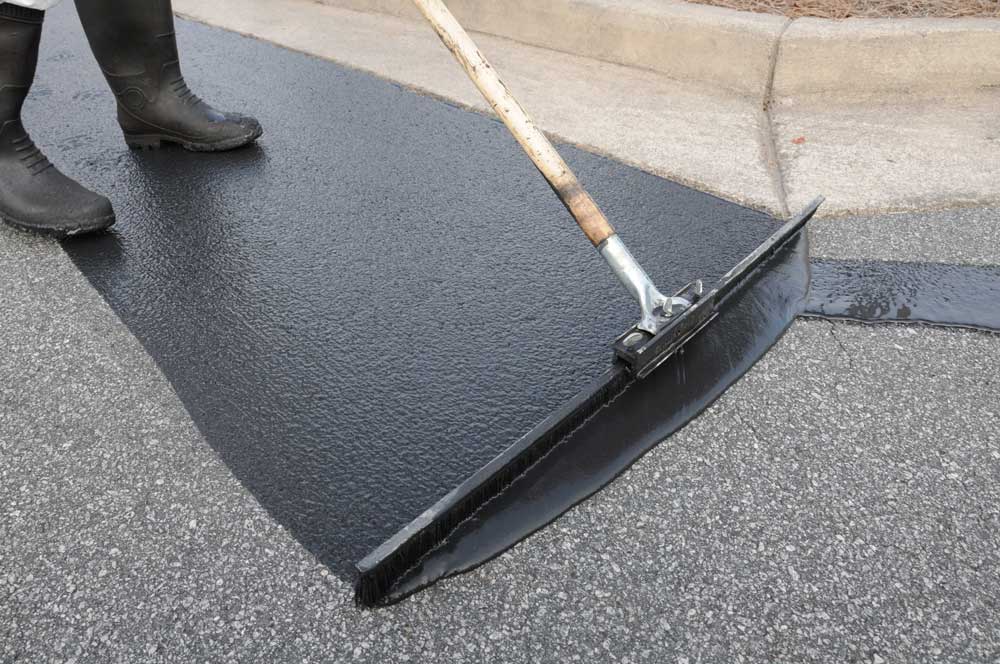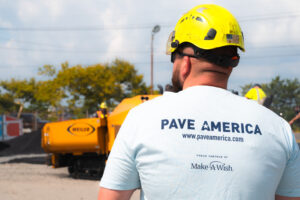 When sealcoating professionals plan a job, they must consider the weather. Unfavorable weather conditions can cause a sealcoating project to fail; depending on the specific condition, the sealant may not dry properly, bond to the pavement or harden as it should. There are four particular weather conditions that are of concern to Sealcoating & Austin Weather. Some of these conditions are sufficient to spoil a job on their own, but at times, a single unfavorable condition might not cause a problem unless it is exacerbated by a second unfavorable condition.
When sealcoating professionals plan a job, they must consider the weather. Unfavorable weather conditions can cause a sealcoating project to fail; depending on the specific condition, the sealant may not dry properly, bond to the pavement or harden as it should. There are four particular weather conditions that are of concern to Sealcoating & Austin Weather. Some of these conditions are sufficient to spoil a job on their own, but at times, a single unfavorable condition might not cause a problem unless it is exacerbated by a second unfavorable condition.
Sealcoating & Austin Weather – The Facts
High Humidity Level
Sealants contain water, which means that for them to dry and cure, the excess water must be able to evaporate. When the air is already saturated with moisture, the water in the sealant cannot evaporate properly, and the higher the humidity, the slower the rate of evaporation. Although the ideal humidity level is below 50 percent, successful sealcoating operations can be performed at higher humidity levels if other conditions are favorable. However, regardless of the other conditions, virtually no sealcoating professional will attempt a job if the relative humidity is above 85 or 90 percent.
No Wind
Extremely still air can extend the drying and curing time for seal coat. As moisture evaporates from the sealant, the water molecules, which are heavier than the molecules in the air, are trapped just above the surface of the pavement. The air in this area can have a humidity level of 100 percent, preventing the evaporation of more moisture. If there is at least a little wind, it blows away the low-lying water molecules, shortening the sealant’s drying time. Most sealcoating contractors prefer wind speeds of at least 4 mph and that higher wind speeds are even better.
Low Levels of Sunlight
Sunlight plays an important role in the curing of sealants. The sun both generates and renews heat, which helps boost the drying process. The concept is basically the same as what happens when clouds move in on a sunny day; the temperature drops, and because the clouds are blocking the sun’s rays, temperatures stay cooler. If the clouds clear, the temperatures are renewed and increase.
When sealants are applied, they lower the surface temperature by a few degrees. Without sunlight, the heat will not be renewed, slowing the sealant’s drying and curing times. This is why sealants applied to pavement shaded by mature trees or buildings takes longer to dry than pavement receiving direct sunlight.
Temperatures Are Too Low or Too High
When sealcoating contractors discuss temperatures, they are talking about both the ambient temperature and the temperature of the pavement’s surface. Both temperatures must be within a certain range, and neither should drop below the minimum acceptable temperature until the sealant is fully cured. The ideal temperature for applying sealcoating is around 70 degrees Fahrenheit, and few contractors will attempt to apply sealants if the temperature is below 50 degrees Fahrenheit.
Higher temperatures mean that the water molecules in the sealant are moving faster, which speeds evaporation. However, if the temperatures are too high, the water molecules can become hyper-excited and take some of the sealant with them before the sealant can form a proper bond to the pavement. Understanding Sealcoating & Austin Weather is critical for a successful job.
Alpha Paving Knows Sealcoating
In terms of total gallons of sealcoating applied annually, we apply more airport sealcoating than any other contractor in Texas. Alpha Paving Industries is a paving contractor that serves Austin and Central Texas area with quality workmanship, superior customer service, and competitive rates. Alpha Paving offers an extensive range of asphalt-related services, including sealcoating, asphalt paving, pavement markings and parking lot striping, asphalt repairs and parking lot signs. Contact us for a free quote by submitting the online form or calling (512) 677-9001.




